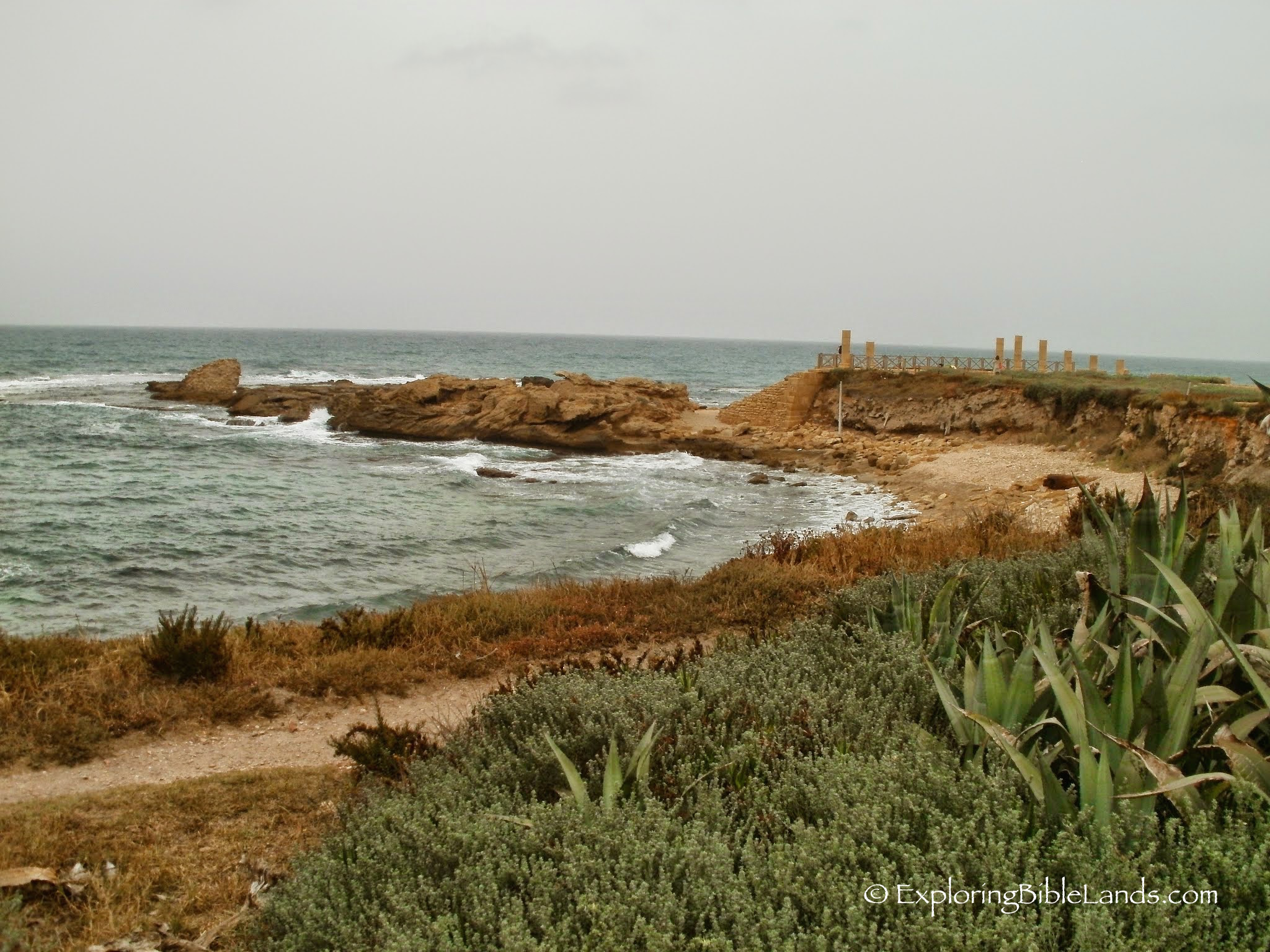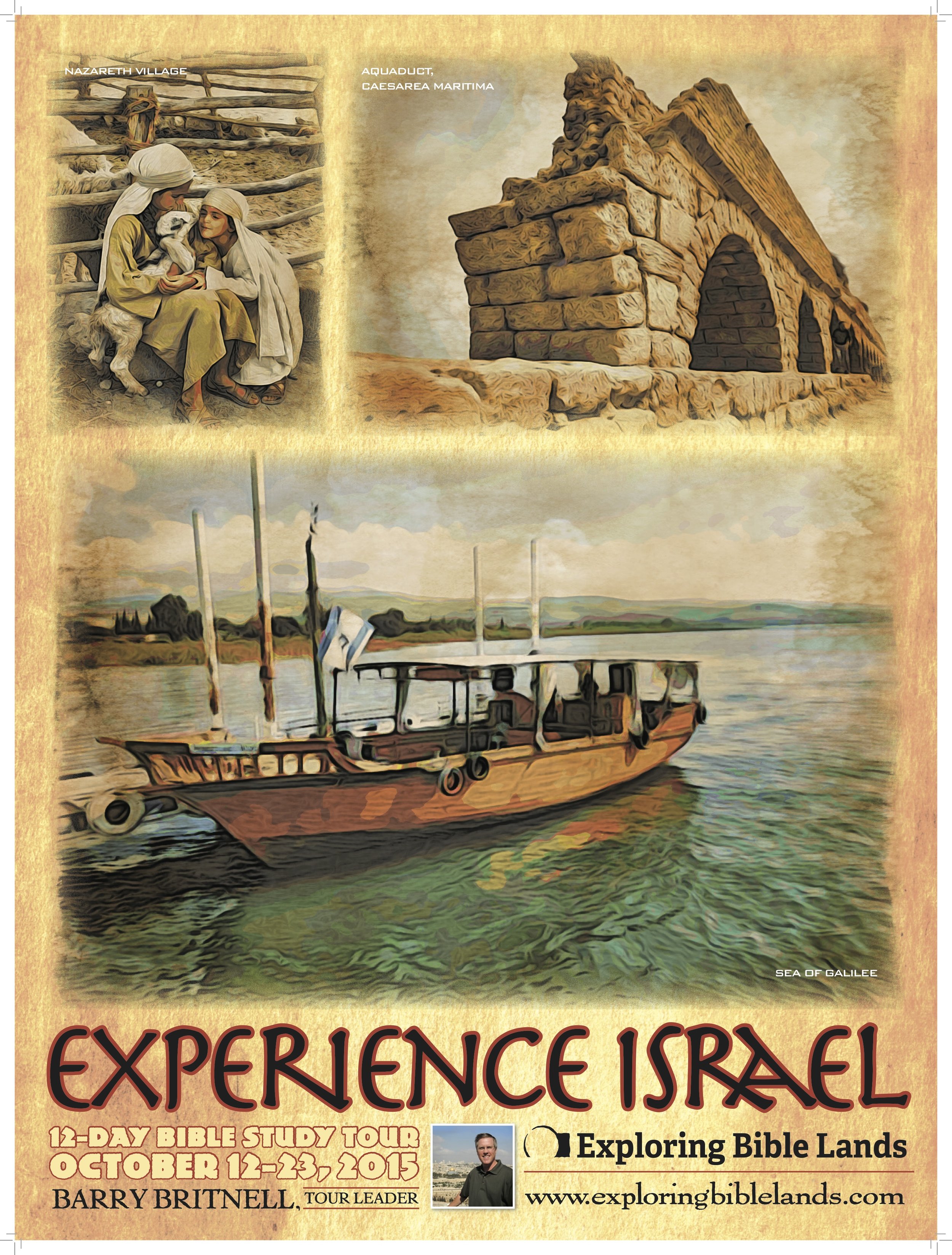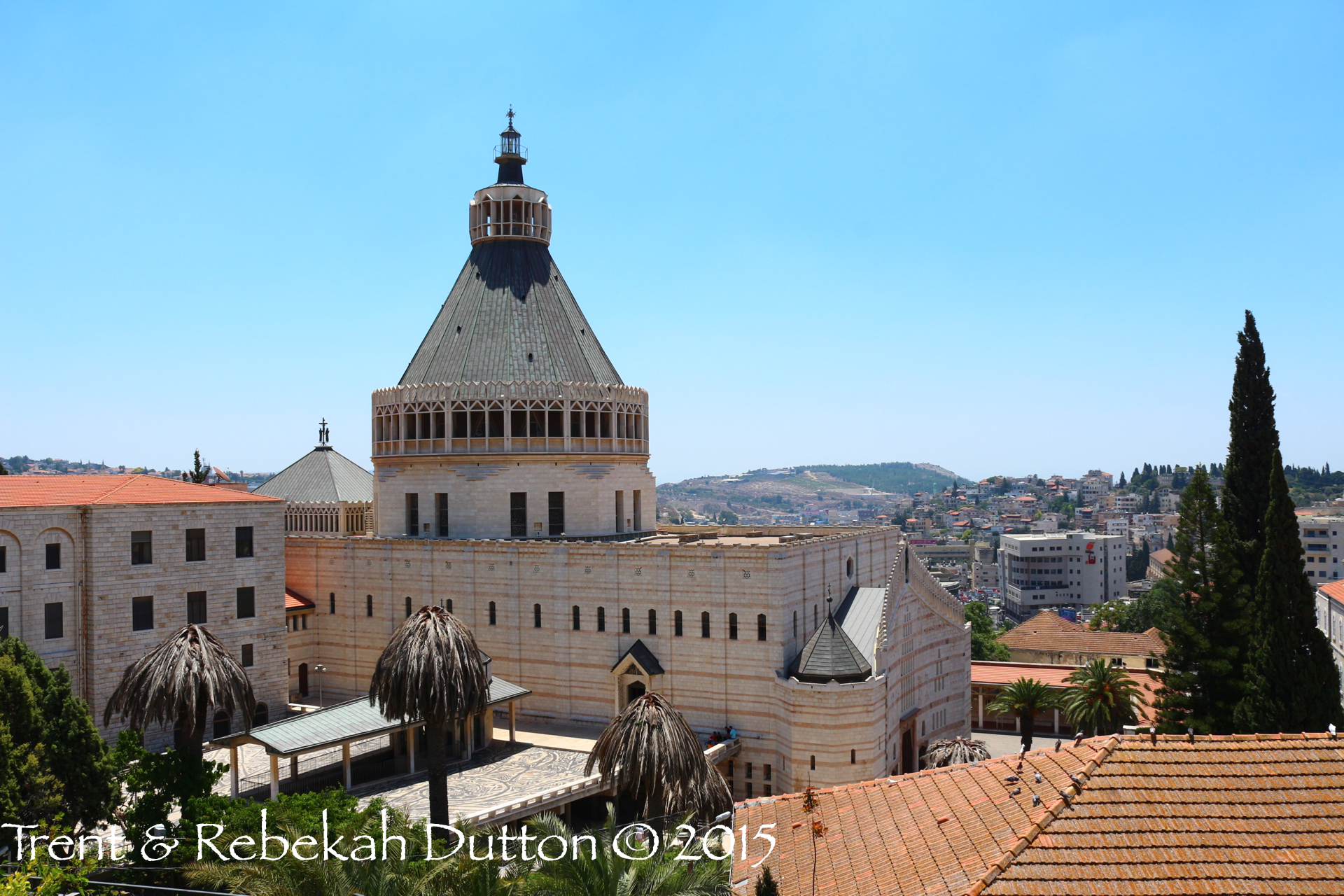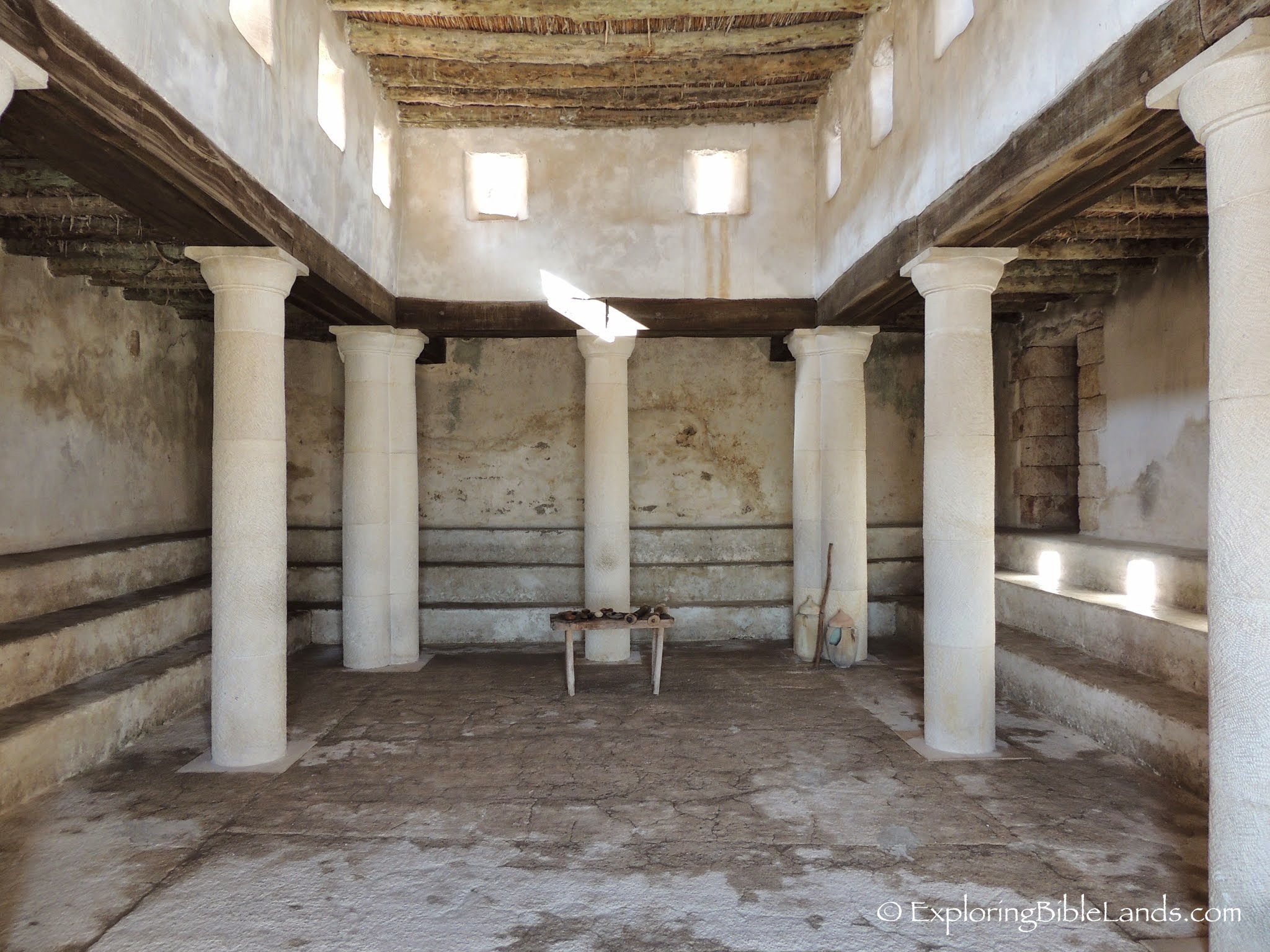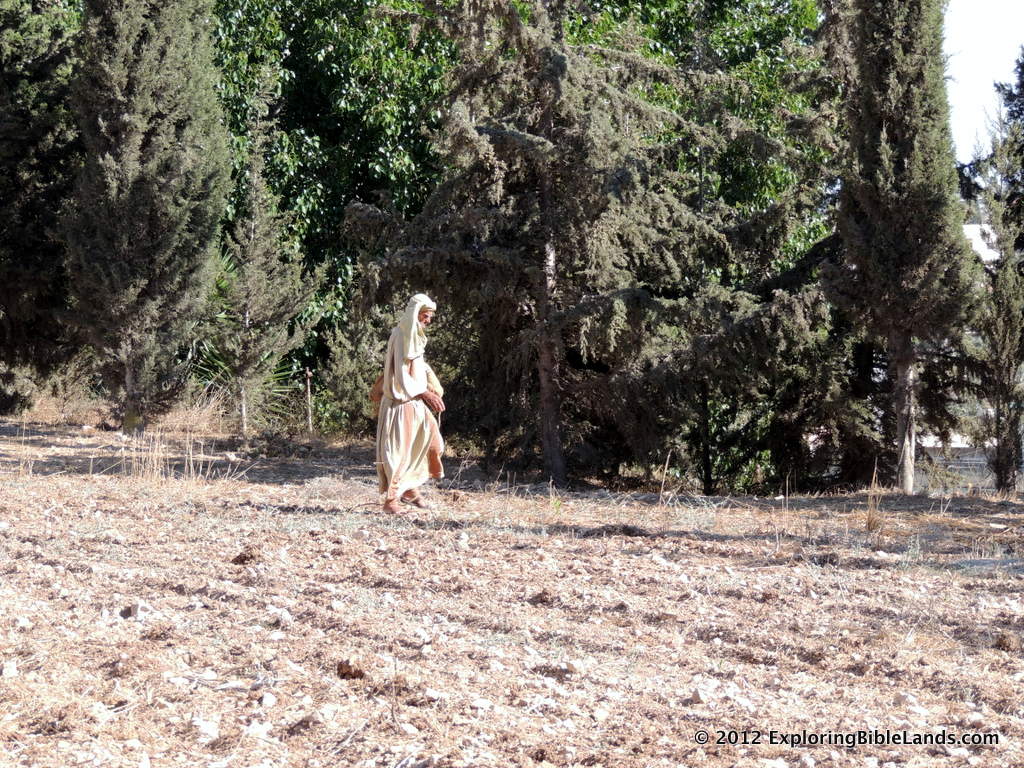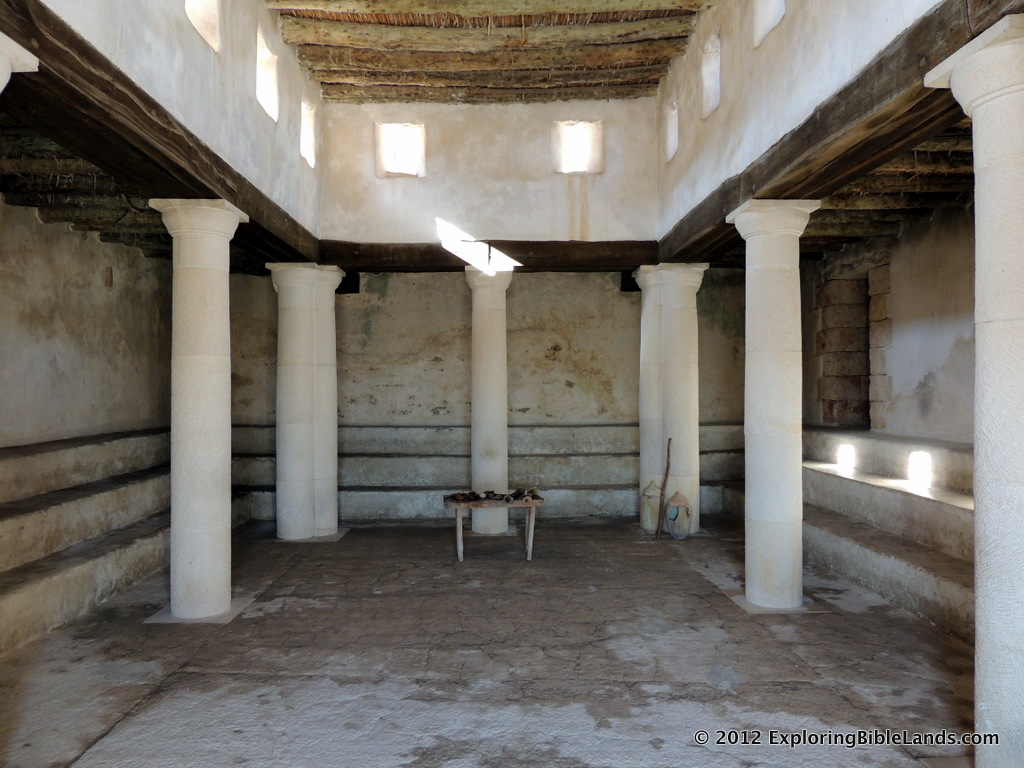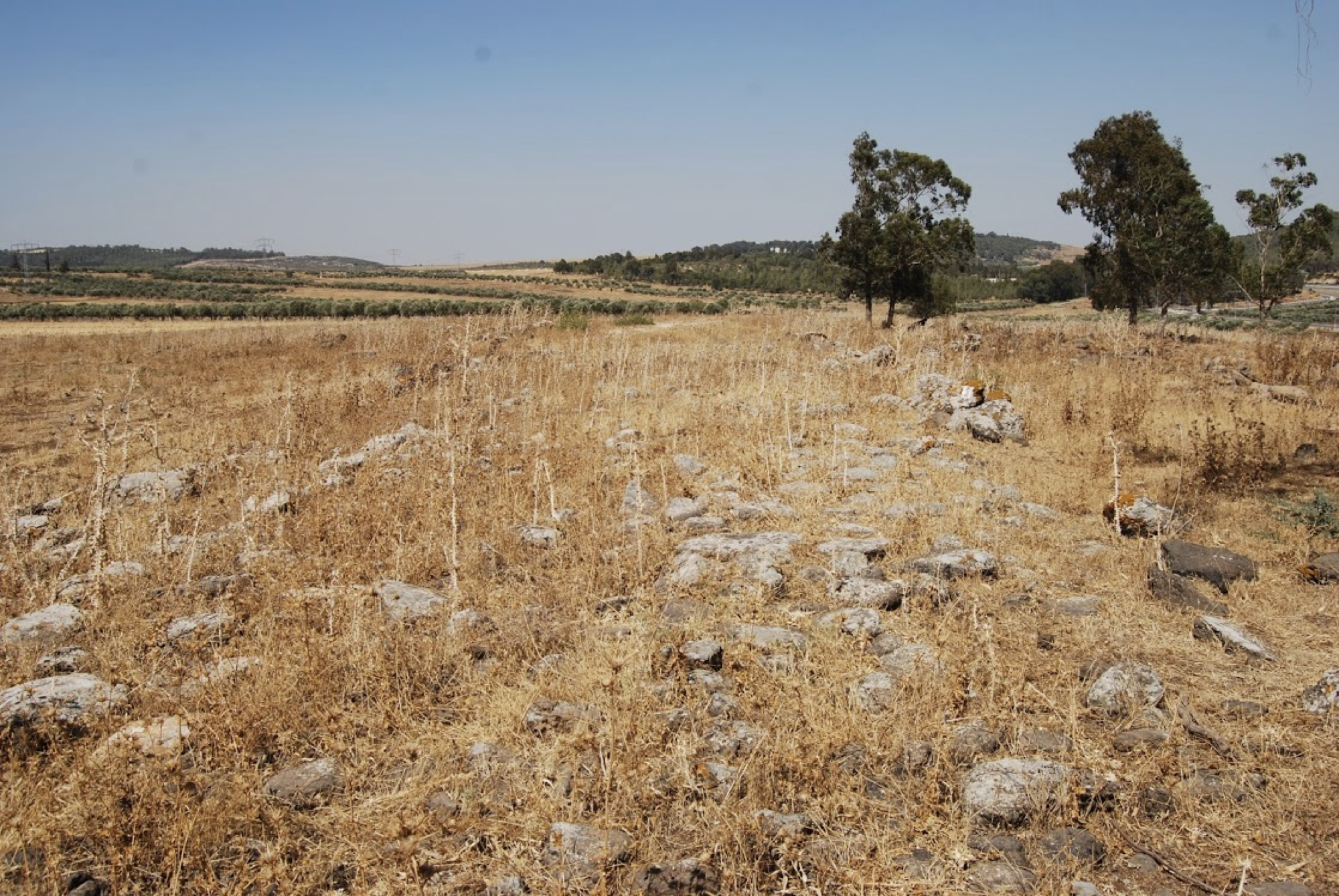 (NOTE: This is the third in a series of posts on "Walking like Jesus". In previous posts, I discussed the locations of the Southern Steps of the Temple Mount and the Shores of the Sea of Galilee.)
(NOTE: This is the third in a series of posts on "Walking like Jesus". In previous posts, I discussed the locations of the Southern Steps of the Temple Mount and the Shores of the Sea of Galilee.)
Luke tells us:
And he came to Nazareth, where he had been brought up. And as was his custom, he went to the synagogue on the Sabbath day, and he stood up to read. And the scroll of the prophet Isaiah was given to him. He unrolled the scroll and found the place where it was written, “The Spirit of the Lord is upon me, because he has anointed me to proclaim good news to the poor. He has sent me to proclaim liberty to the captives and recovering of sight to the blind, to set at liberty those who are oppressed, to proclaim the year of the Lord's favor.” And he rolled up the scroll and gave it back to the attendant and sat down. And the eyes of all in the synagogue were fixed on him. And he began to say to them, “Today this Scripture has been fulfilled in your hearing.” And all spoke well of him and marveled at the gracious words that were coming from his mouth. And they said, “Is not this Joseph's son?” And he said to them, “Doubtless you will quote to me this proverb, ‘Physician, heal yourself.’ What we have heard you did at Capernaum, do here in your hometown as well.” And he said, “Truly, I say to you, no prophet is acceptable in his hometown. But in truth, I tell you, there were many widows in Israel in the days of Elijah, when the heavens were shut up three years and six months, and a great famine came over all the land, and Elijah was sent to none of them but only to Zarephath, in the land of Sidon, to a woman who was a widow. And there were many lepers in Israel in the time of the prophet Elisha, and none of them was cleansed, but only Naaman the Syrian.” When they heard these things, all in the synagogue were filled with wrath. And they rose up and drove him out of the town and brought him to the brow of the hill on which their town was built, so that they could throw him down the cliff. But passing through their midst, he went away. And he went down to Capernaum, a city of Galilee. - Luke 4:16-31
The picture at the top of this post is of the remains of a road built by the Romans in the first century. The Romans were known for many things. One of which was their impressive system of roads. Many of their roads ran through this area of the world. This road runs between lower Galilee and the lake.
Jesus walked here.
What lesson can we learn about Jesus walking here? We can learn that we should not let spiritual discouragement get you down.
Jesus had just visited his hometown, the town that he grew up in. He entered the synagogue and spoke the truth. As a result, the people rebuked Him and threatened to kill Him. These people were His friends and His neighbors. Surely, this would have been very discouraging to Jesus. But He did not let it get Him down. He left Nazareth and went to Capernaum to continue the work that His Father had given Him to do.
Being a Christian is not always easy. Many things that happen that can cause us to be discouraged. Sometimes even other Christians can get us down. How do you handle those type of situations? It is easy to just throw up your arms and say, "Forget it...I am not doing this any more!" But that is not the right response. We need to be willing to put those times behind us and keep focused on what we need to do for God.
Do you want to walk like Jesus? Then walk down this road in Galilee and do not let spiritual discouragement get you down.





